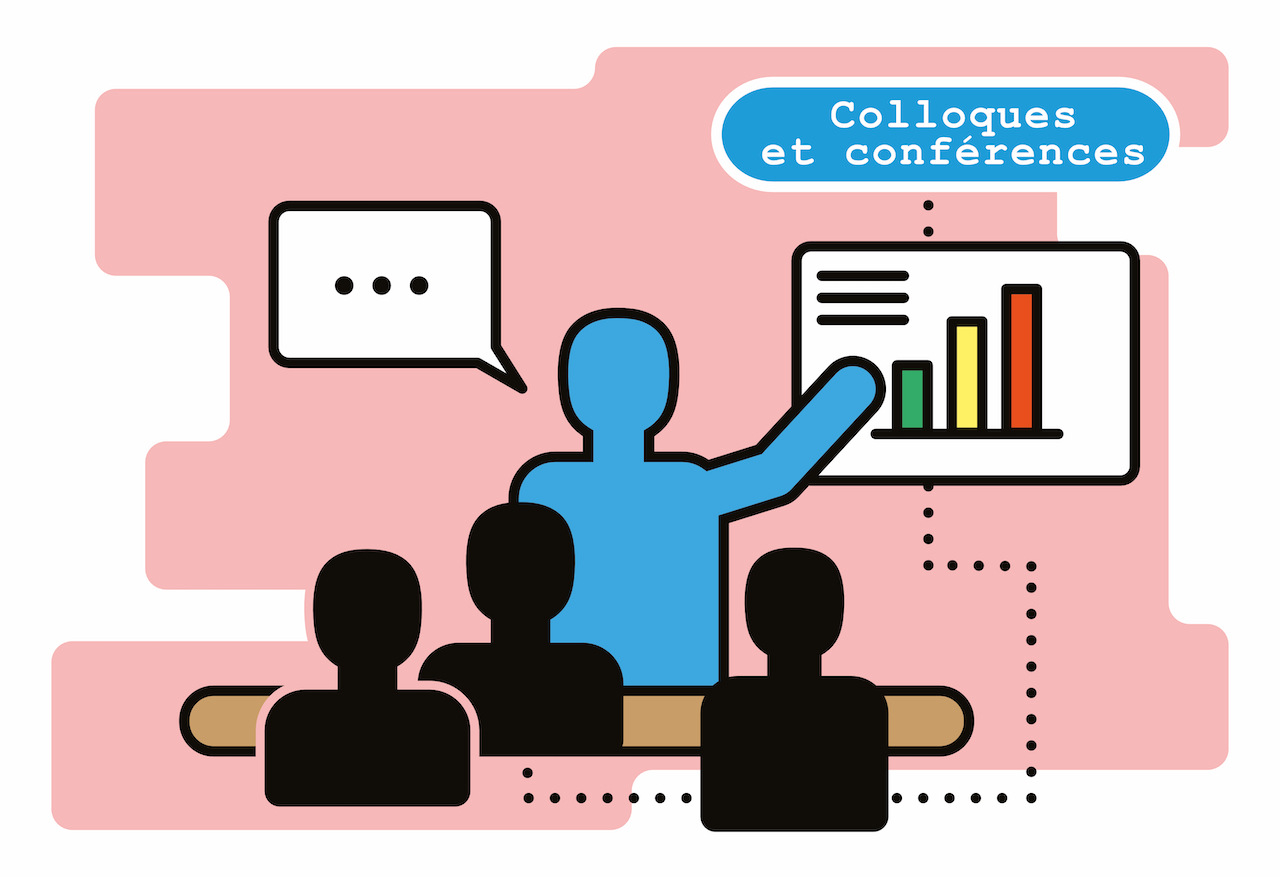Fiche du document
16 juillet 2024
- ISIDORE Id: 10670/1.d28559...
- hal: hal-04866623
- doi: 10.21437/LW.2024-8
Ce document est lié à :
info:eu-repo/semantics/altIdentifier/doi/10.21437/LW.2024-8
info:eu-repo/semantics/OpenAccess
Mots-clés
laughter-speech interaction context multimodal integration speakers' meaning laughter-speech interaction context multimodal integration speakers' meaningSujets proches
LaughingCiter ce document
Chiara Mazzocconi et al., « How do laughter and speech interact, when context is available? », HAL SHS (Sciences de l’Homme et de la Société), ID : 10.21437/LW.2024-8
Métriques
Partage / Export
Résumé
Laughter can affect the meaning of speech. While laughter with a standalone sentence is interpreted as a sign of incongruity between what is said and what is uttered, laughter in conversation can have different meanings, and recent studies showed the crucial role of context in emotional expression interpretation. We explored the influence of low-arousal laughter on attributions of ironic intentions to speakers, considering verbal contextual cues. By manipulating the degree of incongruity between the context and the target utterance, and laughter presence, we found contextual incongruity to be the main predictor of irony perception. Laughter affects interpretations exclusively in ambiguous contexts, but dissimilarly depending on individual differences in laughter perception. Our study shows the contextual nature of laughter interpretation and highlights the importance of considering non-verbal cues and individual differences in understanding multimodal meaning and pragmatic processes.
